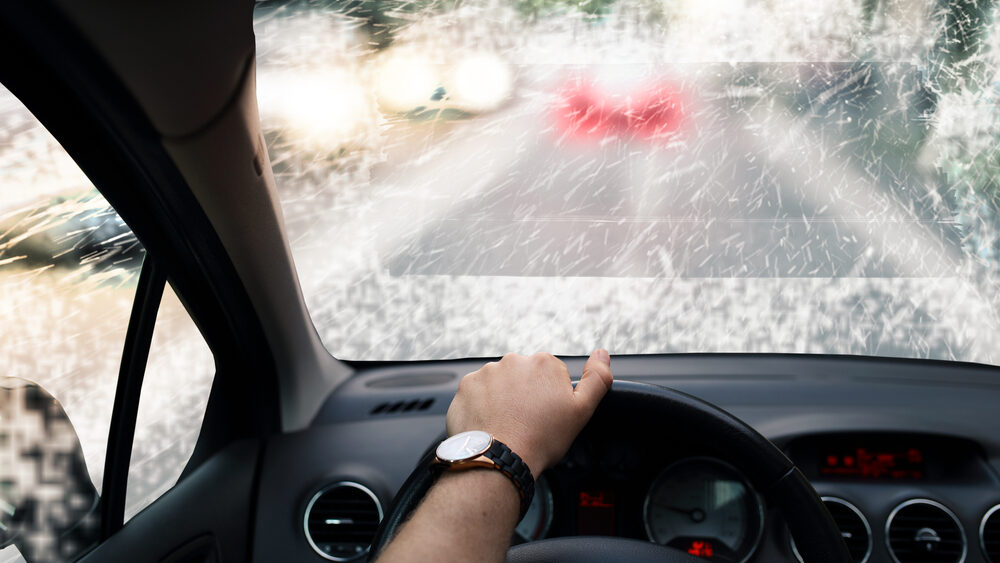Driving in Adverse Weather Conditions
November 18, 2019

Like clockwork, seasons change, and weather conditions follow suit. New and seasoned drivers alike may find themselves in suddenly changing temperatures, winds, and precipitation. Those who know how to handle the situation will be better suited to avoid preventable, foreseeable risks than those who do not. Following these simple tips can help you avoid a potential car accident.
Check the Forecast Before Getting Behind the Wheel
Nearly everyone carries a cell phone with a weather app, so motorists should take advantage of technology. Many apps provide in-depth meteorological forecasts, and some make recommendations for alternate routes to avoid bad weather and related traffic hazards. A quick glimpse at the upcoming weather prediction can give drivers proper notice of any hazards.
When to Reduce Risk
When driving is not urgent, motorists may want to consider staying put. Waiting out high winds and snow squalls makes sense, even if it seems difficult or annoying to delay a trip. It is better for drivers to stay off the roads than go out when conditions turn ugly.
How Should I Drive in the Rain?
Autumn and winter months bring rain, along with sleet and snow. Rain can create conditions perfect for hydroplaning, an occurrence where the tires lose traction with the road. A good way to avoid hydroplaning is to slow down when driving in rainy conditions or through shallow puddles. Motorists who hydroplane should resist the urge to swerve or slam on the brakes, as those reactions can make the hydroplaning worse.
How Should I Drive in the Snow?
A good way to learn how to drive in the snow is to practice for a short distance with a trusted car along a familiar neighborhood road. Newly fallen snow can create slippery conditions. All drivers should assume, however, that snow is going to make travel difficult. The best rule of thumb when driving in drifting and sticking snow is to try to drive in the tire tracks made by the vehicles ahead. That way, the snow will already be packed down and traction is likely to be improved. Driving in snow requires slowing down to at least half-speed in many situations, and sometimes even slower depending upon the road type and rate of snowfall.
How Should I Drive in Fog?
When the temperatures quickly change between evenings and mornings, fog can creep onto roadways. Drivers should learn to spot fog and try to avoid it, if possible. To drive safely through fog, motorists should avoid using their high beams and reduce their speed. If the fog becomes dangerously thick, drivers may want to find a secure location to pull to the side, put on their blinkers, and wait for the fog to lift.
Camden Car Accident Lawyers at DiTomaso Law Help Victims Injured in Weather-Related Accidents
If you were injured in a car crash as a result of poor weather conditions, the Camden car accident lawyers at DiTomaso Law can help. To schedule a free consultation, call us at 856-414-0010 or contact us online. Located in Cherry Hill, New Jersey and Philadelphia, we serve clients throughout southeastern Pennsylvania and South Jersey, including Mt. Holly, Camden County, and Vineland.

Get A 100% Free Case Evaluation
From A Top-Rated Personal Injury Attorney
Call: 856-414-0010 or Chat Live Now
$11.7M
Tractor-Trailer Accident
$1.5M
Drunk Driving Accident
$1.3M
Defective Machinery Accident
01
02
03
04

